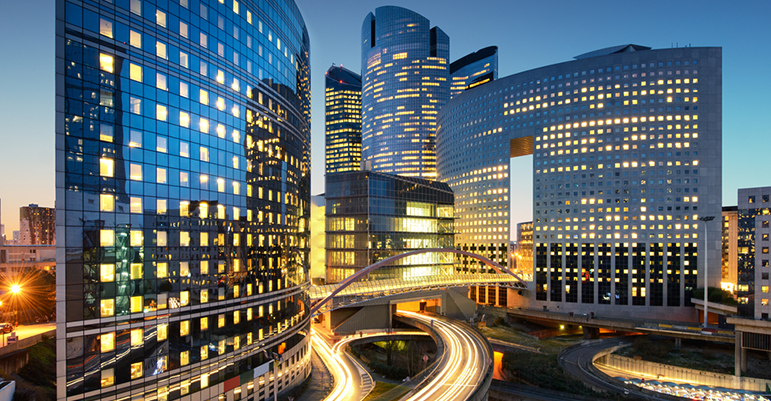When is it Better to Pursue Less Energy Efficient Mechanical Systems?
Energy efficiency is a hot topic for businesses and individuals alike, and for good reason: both from a financial and an ecological standpoint, there are huge benefits to conserving energy. In fact, it seems to make sense to push for the highest possible efficiency in order to gain the most benefit on both sides.
Interestingly, though, it turns out pushing for the highest possible energy efficiency isn’t always the best choice for commercial buildings. We can blame the law of diminishing returns for that reality.
How the law of diminishing returns affects energy efficiency
The law of diminishing returns applies to many different situations in life. In a nutshell, there comes a point in nearly every pursuit where the cost of taking the action is higher than the value of the results you’re likely to achieve.

For example, consider fertilizing a garden: there’s a lot of benefit in using the recommended amount of fertilizer for the plants you want to grow. It’s inexpensive and easy to do, and there’s a high value return because your plants grow bigger, stronger, and healthier than they would without fertilizer. However, if you doubled the amount of fertilizer, you wouldn’t get twice as many plants or plants twice as big or healthy. You would spend twice as much on fertilizer and twice as much time applying it, but you’d have a diminishing return. And, if you kept piling on more, you’d eventually end up killing your plants.
This principle becomes apparent in the world of energy efficiency when you look at a list of potential improvements that can be made to a commercial building and its HVAC system to improve its efficiency.
Learn more about making your building energy efficient.
Replacing incandescent light bulbs with LEDs or other more efficient alternatives would be near the top of the list of action items you can pursue to improve energy efficiency. The investment is fairly low, and the return in energy savings can be tremendous. Other low-cost or no-cost improvements also offer valuable returns, such as:
- Turning off computers at the end of the day
- Replacing aging office equipment with Energy Star models
- Adjusting thermostats to heat or cool less (just 1 or 2 degrees makes a huge difference)
- Optimizing HVAC control settings and/or installing automation
- Investing in routine planned maintenance for the building’s mechanical systems
These are all easy wins for energy efficiency that require minimal effort and investment. However, some options for improving energy efficiency in a commercial building — while effective — offer so little return, they’re not worth the fairly high investment cost.
How to tell when energy efficiency improvements are a bad idea
Generally, the law of diminishing returns comes into play when you’re making efforts to boost already-excellent efficiency by an additional percentage point or two.
For example, once you’ve taken care of all the low-hanging fruit (like those examples listed above,) it may be tempting to pursue other ambitious projects like replacing the building’s windows with a newer style that reflects more sunlight in the winter and absorbs more in the summer. The manufacturer predicts doing so will boost your building’s energy efficiency by 2-5 percent, which sounds pretty good.
However, replacing all the windows in the building could cost $1 million or more, meaning it could take decades to recoup the cost through savings on the energy bill. Meanwhile, your new windows are aging and potentially losing some of their energy efficiency.
This is a perfect example of how the law of diminishing returns impacts commercial building energy efficiency. Since the current windows are already reasonably energy efficient, the capital expenditure required for replacement is very high, and the projected savings is minimal — it’s really not in your best interest to invest in new windows.
The same principles apply to every aspect of your building’s mechanical systems: If the existing equipment or design is reasonably energy efficient, investing tens of thousands of dollars in pursuit of a few more percentage points is likely not a wise idea. Before settling on extensive retrofitting or replacement of your building’s existing HVAC system components, consider the law of diminishing returns. Learn more in our Facility Manager’s Guide To Energy Efficiency For Your Commercial Building.
An experienced, qualified energy engineer can easily perform an energy audit for your Colorado, Arizona, or Virginia building to help determine just what improvements are possible, and which are most likely to provide a worthy return on investment. Armed with this information, you can make wise decisions that won’t waste valuable resources to the law of diminishing returns. Instead, you can focus on maintaining a profitable commercial building that is friendly to the environment.

